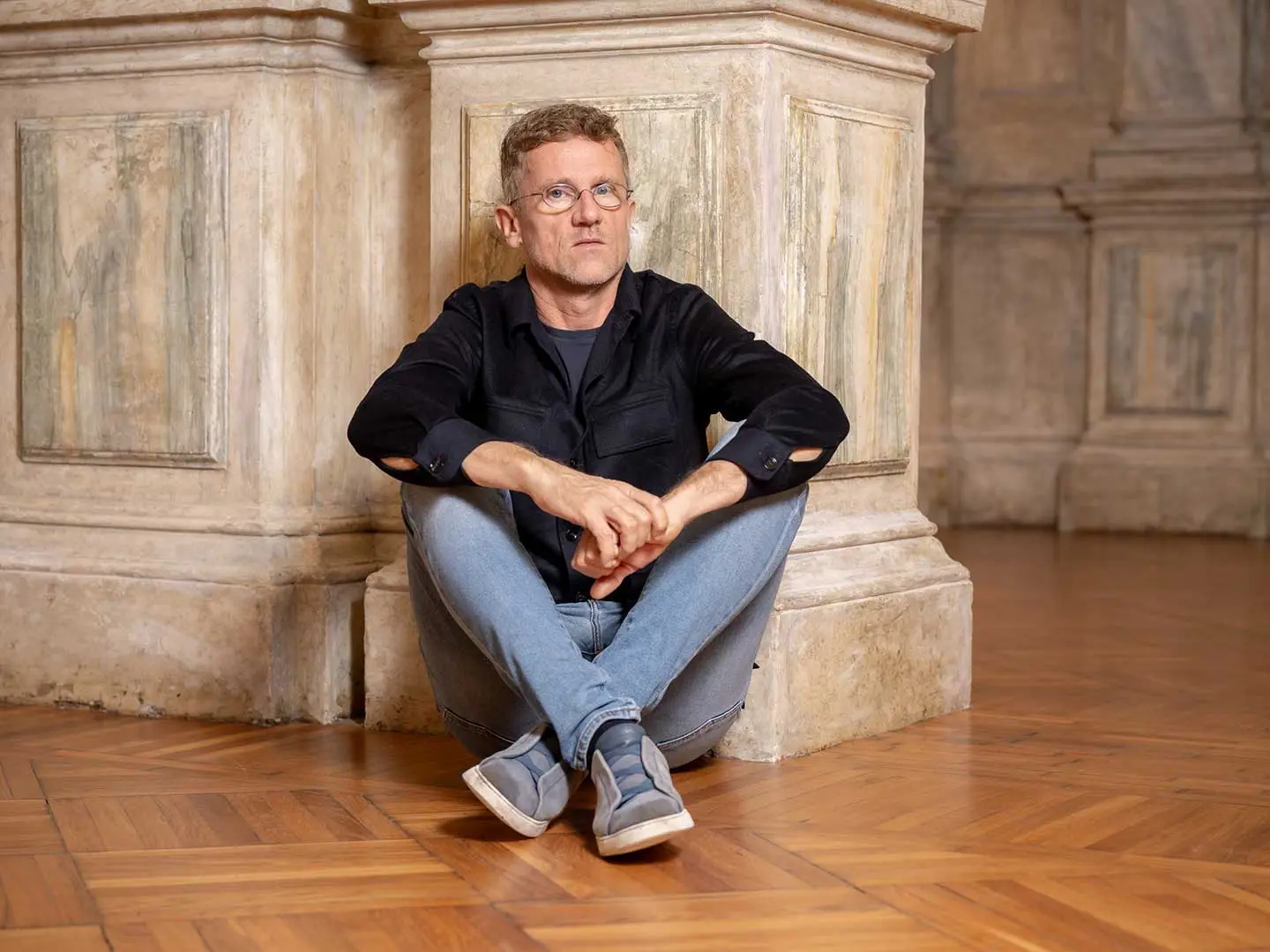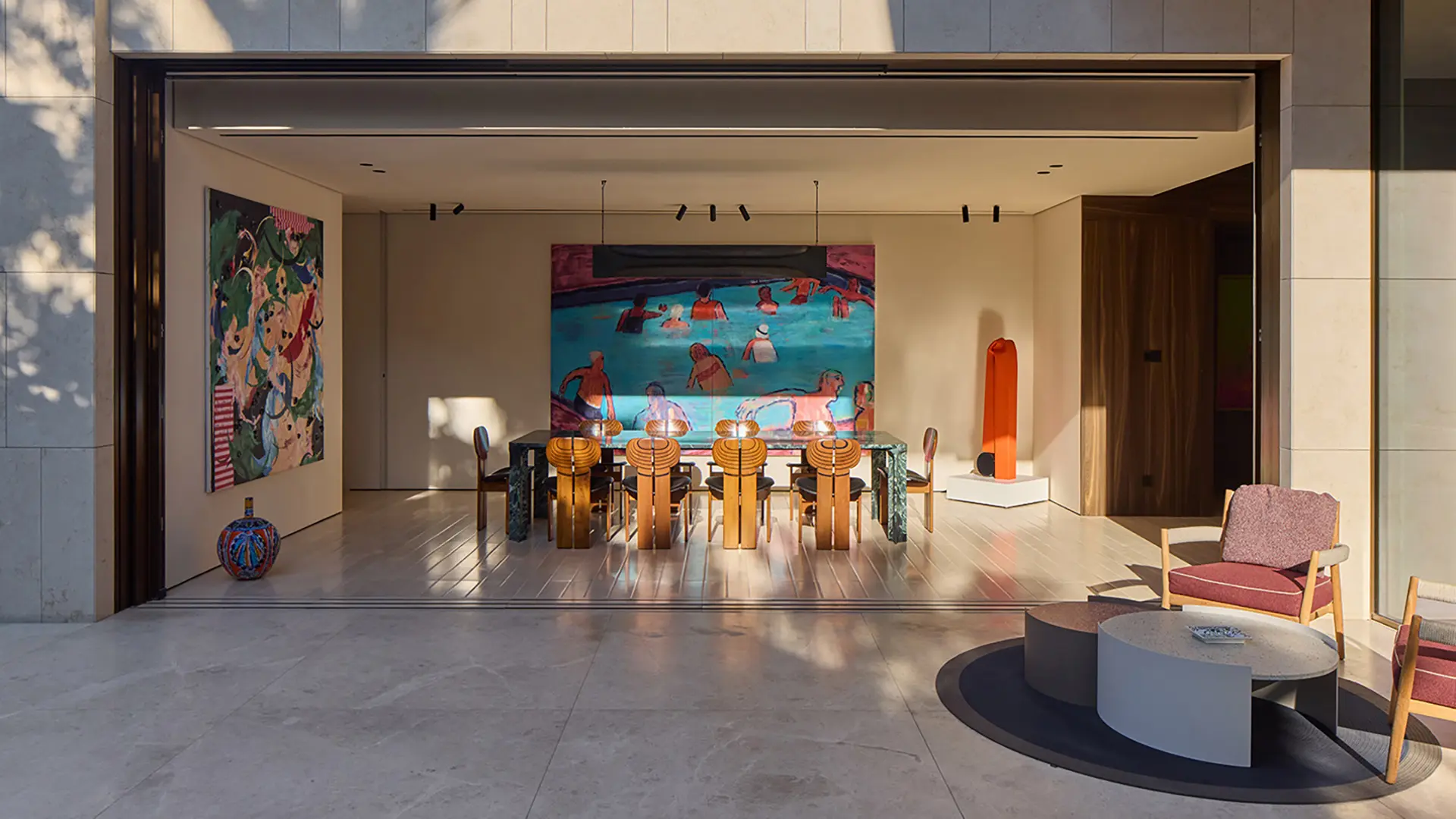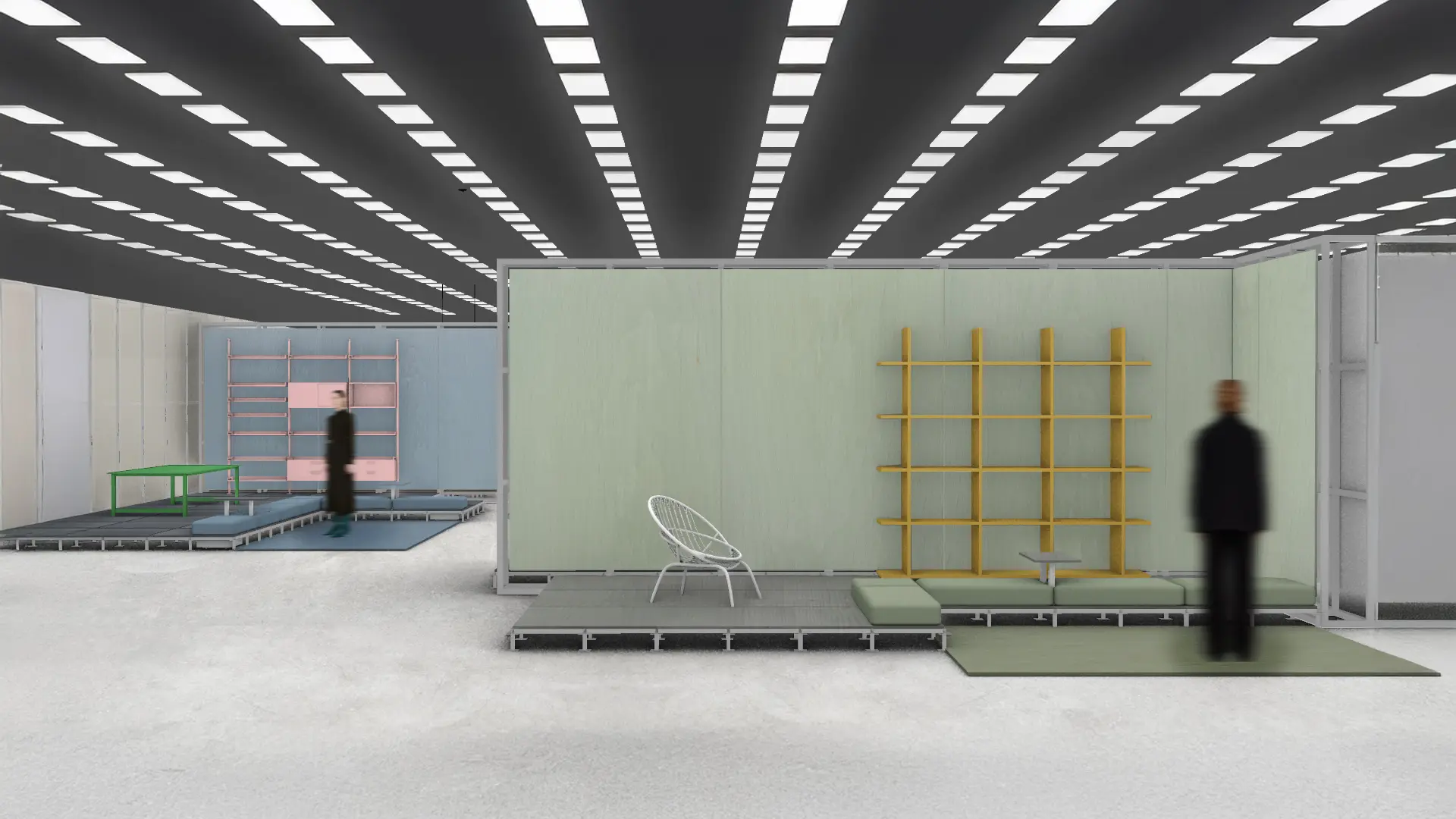Smart and sustainable purchases: how to make the most of the appliance bonus and how to apply. Requirements, amounts and limits to be aware of
Venice Architecture Biennale 2025: an interview with the curator, Carlo Ratti

Mostra Internazionale di Architettura, Giardini della Biennale - Ph. Francesco Galli
The Turin-born architect and engineer discusses Intelligens. Natural. Artificial. Collective., the 19th International Architecture Exhibition devoted to the built environment and to the many disciplines that shape it
Embracing adaptation, harnessing natural, artificial and collective intelligence. With Intelligens. Natural. Artificial. Collective., Carlo Ratti is proposing a substantial change of perspective for the 19th Venice International Architecture Exhibition, which goes beyond the idea of singular authorship and recognises the work of interdisciplinary teams.
A new curatorial model for an inclusive Venice Architecture Biennale that transcends the boundaries of the discipline to reach new audiences.
Trained as an architect and engineer, Professor Carlo Ratti teaches at the Massachusetts Institute of Technology (MIT) and the Politecnico di Milano. He is the director of the Senseable City Lab and a founding partner of the CRA-Carlo Ratti Associati architecture and innovation firm (Turin, New York City, London).
One of the ten most internationally cited scholars in the field of urban planning, he has co-authored over 750 scientific publications, including the recent Atlas of the Senseable City (written with Antoine Picon, published by Yale University Press).

Carlo Ratti, curator of the 19th Venice International Architecture Exhibition - Ph. Andrea Avezzù
The proposal was made at the end of 2023; I am delighted that it was supported by both the outgoing President Roberto Cicutto and the incoming President Pietrangelo Buttafuoco. Why did I accept? Curiosity, of course. Maybe a bit of masochism, since many former curators had warned me about the efforts required! But above all, a desire to help find new paths in architecture.
In 2024, the Earth exceeded the 1.5°C threshold. Fires, floods, droughts - they are no longer exceptions, but the rule. For decades, architecture has focused on mitigation. But what if the damage has already been done? Intelligens was born of this understanding. It proposes that architecture should not stop at the mitigation strategies that have long dominated disciplinary action, but should embrace adaptation, exploiting different intelligences: natural, artificial and collective. This is a significant change of perspective, which also calls for new methodological approaches: overcoming the idea of singular authorship and recognising the work of interdisciplinary teams, for example.
There was no brief: just total trust from the Biennale team, which allowed us to rethink not only what to show, but also how to build an exhibition. The title Intelligens reflects precisely this: not intelligence in the singular, but multiple forms: natural, artificial, collective.
For the first time in the history of the Venice Biennale, we launched the Space for Ideas, an open call that brought together many proposals from all over the world. It has been an unexpected success and allowed us to bring new voices to light, often neglected by institutional channels.
This wealth of contributions called for a new curatorial model. Intelligens questions the myth of the architect as a solitary author and proposes a more distributed approach, similar to the way academic research works. In many of the projects, and on an equal footing with designers, we also involved mathematicians, climate scientists, philosophers, artisans and even chefs, programmers and stylists.
This Biennale will also seek to tap into new audiences, beyond the boundaries of the discipline. We have built ties with COP30, C40, the Baukultur Alliance in Davos and other actors. The public programme, GENS, has been designed as a chorus of events and conversation. So, yes: it is inclusive edition, but one that is also capable of welcoming dissonant voices.
At a time when the global challenge is no longer to build more (with a declining population worldwide, a phenomenon that, in my opinion, is a positive one), but rather to redevelop and make the existing building stock resilient, architecture must once again play a central role. The fires that have devastated Los Angeles, the floods in Valencia and Bangladesh and the drought afflicting Sicily are just some of the emergencies that must urgently be addressed. In this context, architecture can and must provide solutions, collaborating with science, technology, art and other disciplines. In short: the challenge will not be to design new handles, but to open new doors!
Venice embodies the three forms of intelligence on which this Biennale is based. Its structure rests on a natural intelligence: tree trunks driven into the seabed, which for centuries have supported the city as a living organism. Its mobile flood barriers – the MOSE – are an example of artificial intelligence on an urban scale. And its defence, over the years, has depended on collective intelligence: local communities capable of learning from each other and transmitting knowledge over time. We often think of Venice as something to be saved. But maybe it's Venice that could teach the world how to adapt ...
We don't talk enough about failures, the models are proving to be inadequate. Mitigation is not enough: we need to plan within the crisis, which is now a fait accompli. Hence the urgent need for adaptation.
As so often happens, the limitation has proved to be an opportunity. Without the Central Pavilion, we have rethought the barycentre of the exhibition – less a fixed point, more a scattered constellation. Venice has become a living laboratory. The Arsenale has expanded, the Giardini extended, the experiment is opening up new spaces.
I continue to carry out research and teaching at MIT and the Politecnico di Milano. At the Senseable City Lab, we explore how artificial intelligence, sensor networks, and environmental technologies can help us read and transform cities in real time, putting people at the centre, while at CRA we take care of various projects all over the world. The goal is always the same: to bring together the natural and the artificial through design.
Italo taught me many things, including the fact that architecture is a projection of the mind. His last book is entitled Only Becoming Nature Will Save Us, a phrase we discussed many times and which continues to guide us, at the Biennale and in our professional lives.
Besides which, the 2025 Architecture Biennale adventure began with Italo Rota at the end of 2023. It was tragically interrupted by his death a year ago, on 6th April 2024. Which is why I’m particularly pleased that the Board of Directors of the Venice Biennale has accepted my proposal to award Italo the prestigious Golden Lion Award for Lifetime Achievement, and that the Superintendency of Archival and Bibliographic Heritage of Lombardy has decided to place a restriction on his work to ensure it becomes part of the national cultural heritage.
At the Arsenale, we will also be showcasing the work of Margherita Palli, Italo's partner in life and work, whose contribution will be an ideal continuation of our initial endeavours.


 Salone Selection
Salone Selection








